Up until 1971, the idea of a surfboard leash was unheard of.
When Par O’Neill rocked up at the 1971 Malibu international with the first “leg rope”, he was frowned upon with the other pros calling it a “Kook rope”.
Since then, times have changed and the surfboard leash has become a permanent part of all pro surfers equipment.
Although pros (and other surfers alike) do not always use a leash, they are used the majority of the time as they make surfing safer, more efficient, and ultimately more fun.
Throughout this article, we will take a deeper look at the relationship between surfboard leashes and pro surfers, the benefits of using a leash, and when it is okay to leave your leash at home.
- Do All Pro Surfers Use Leashes?
- Why Some Pro Surfers Don’t Use Leashes
- Are Leashes Required in Surfing Competitions?
- Do Most Other Surfers Use Leashes?
- Are Leashes Required for Surfing?
- 6 Benefits of Wearing a Surf Leash
- 3 Downsides of Wearing a Surf Leash
- Should Beginner or Intermediate Surfers Wear a Leash?
- When Is It Ok Not to Wear a Leash?
- Conclusion
- You Might Also Like…
Do All Pro Surfers Use Leashes?
Using a leash gives you an edge. Aside from the fact that it makes surfing safer, having a leash means that when you bail, your board is never too far away.
This makes it easy to quickly scoop it up, climb back on, and paddle back past the break to catch your next wave.
All pro surfers make use of a leash while in competition. If they did not, they would be at a clear disadvantage.
Yes, a leash does create extra drag, but as everyone is using one, it balances out equally.
Why Some Pro Surfers Don’t Use Leashes
Although all the pros use a leash at some stage, this does not mean that they use a leash at all times.
It is common practice for pros and other surfers to take advantage of quiet waters and smaller waves to find a new connection with their surfboards.
Leah Dawson, a well-known pro surfer, says that she always uses a leash with shortboards and that the only time to leave your leash at home is when you are using a larger board in a small swell and are planning to do some footwork that the leash might prohibit.
One of the main reasons why surfers choose to not connect their leash is that surfing without a leash is not only more traditional, but it creates a new sort of connection with your surfboard.
When you do not use a leash you need to remain constantly aware of where your board is, and where it might end up.
This is a freeing feeling that becomes diminished when you add a leash.
Some pros will also argue that using a leash creates too much drag, which is why pro leashes tend to be thinner than the standard leash.
Although this may be true, as a novice surfer you will likely not notice a difference, and as mentioned before, if everyone in a competition is using a leash, then the disadvantage of the drag is irrelevant.
Are Leashes Required in Surfing Competitions?
According to the ISA’s (International Surfing Association) contest administration and rule book, all surfers must make use of a leash/leg rope at all times while taking part in a competition.
The rule is stated as follows:
“As a risk management precaution, and subject to the ISA Technical Director’s approval, the ISA has a mandatory leash/legrope policy at events, due to the potential risk to other participants.
All contestants are to use a leash/legrope while competing or practicing within the confines of the contest site and/or any area under the jurisdiction of the contest ISA Rule Book – February 2017 28 administration”.
As mentioned in the stated rule, the use of a leash is to maintain a safety level in the water.
The manual goes on further to say that surfers may choose to surf leashless during free surf times away from the contest area.
However, this is to be done at their own risk and that the ISA is not liable for any injuries that may occur.
Do Most Other Surfers Use Leashes?
The next time you head down to the beach for a surf or a swim, look out into the waves or watch the surfers running down to the water and you will quickly find that just about every surfer is wearing a leash.
From novice to pro level, wearing a leash is part of your surfing gear and it doesn’t even come as an option to most people.
Most surfers use a leash every time they surf, both for safety and for convenience.
Are Leashes Required for Surfing?
For the most part, leashes are not required by law.
However, you will be frowned upon, and sometimes kicked out of the water if you paddle out with no leash on a crowded day when the waves are pumping.
That being said, although not even the ISA demands the use of a leash when not partaking in a competition, some beaches and countries require surfers to use a leash by law.
One case that is worth pointing out was a quickly popularized advertisement created by Somerville Laundry Lomax legal firm that reached out to anyone who had been injured by surfers not using a leash.
This Australian-based law firm aims at taking advantage of injured people – however, as the law stands in Australia, there is no legal obligation for a surfer to use a leash.
It is not common to be stopped by law if you are not using a leash while surfing.
However, it is far more likely that you will end up with a fist in your face from an angry local because you are making the water unsafe.
6 Benefits of Wearing a Surf Leash
As you have likely gathered, it is for good reason that almost all surfers (including the pros) use a leash while surfing.
If you are not convinced, the following list of the benefits of using a surf leash should help you make up your mind.
1. Safer for Other Surfers
The primary reason surfers should all use a leash is because of safety.
Surfing can be a dangerous sport, and part of this reason is that surfboards are hard and regardless of what your fin set up is, your skegs are sharp.
A loose board can cause a lot of damage to other surfers (or swimmers), especially if your board hits them on the head at high speeds.
Being hit on the head by a board can lead to anything from a small bump to a concussion and potential brain damage.
When you surf, you are responsible for your surfboard and where it ends up. Using a leash makes this task much easier.
2. Safer for Yourself
When you surf without a leash, the dangers that come with it are not only towards other surfers.
Although hitting yourself with your board is likely whether you use a leash or not, one of the reasons surfing is safer than swimming is that you can always rely on your board as a flotation device.
If you find yourself wiping out in a strong rip current, you have the option to pull your board towards yourself and float through the current until it dies out.
Not using a leash could leave you boardless in a situation like this.
Although your wetsuit will aid you in staying safe, you are likely to find yourself at the back of the waves with no board to paddle back to shore with.
This can be dangerous as exhaustion is a major contributor to drownings for surfers and swimmers in the ocean.
3. No More Chasing Your Board
If you have ever had your leash snap in the middle of a session, then you will likely know the pain of swimming frantically after your board as the breaking waves push it further towards the shore.
Now, imagine not having a leash at all and doing this every time you bail.
It is a no-brainer to attach your surfboard to yourself for this reason.
A leash simply means that your surfboard will never be too far away from you.
4. More Surf Time
The faster you can get back onto your board, the sooner you can begin paddling back out for the next set.
Having a leash will drastically increase your surf time, which in turn will increase how quickly you improve.
If you are spending half your time in the ocean swimming after your board, you will find that you have less energy when paddling out or onto a wave.
You’ll also have fewer wave options, as many will pass you by while you play cat and mouse with your surfboard.
5. Safer Duck Dives
Duck diving can be tricky, especially for newer surfers who are still mastering the art.
It is common for new surfers to lose their boards while duck diving, especially in larger swells when the waves carry a lot of power.
When you have a leash, it is easier to concentrate on performing a correct duck dive without worrying about losing your board.
Losing your board while duck diving could leave you stranded in the impact zone with nothing more than your arms and legs to keep yourself afloat and moving forward.
6. Mutual Respect
A lot of the surfing world is built around an idea of mutual respect.
“If you don’t mess with me, then I won’t mess with you” is a common idea among surfers.
It is for this reason that there are general surfing etiquette rules that are often not spoken of, but understood by all surfers.
One of these rules is that you are responsible for your board as well as the safety of other surfers around you.
Not using a leash puts others’ safety in jeopardy, and is therefore disrespectful.
If you want respect in the surfing world, you need to give it, and allowing your board to smash into someone else because you are not using a leash is not the way to do this.
3 Downsides of Wearing a Surf Leash
Using a leash is something that every surfer should do as the benefits of doing so far outweigh any disadvantages.
That being said, there are a few downsides to using a leash that is worth mentioning.
1. Obstructs Footwork
Cruising on a longboard in small rolling waves has become repopularized over the last few years as hipsters seek to find the thrill of the old ways.
With this type of surfing, aerials, crazy cutbacks, and pitting barrels are replaced with fancy footwork that moves the surfer up and down the board.
Although this can be done with a leash, it is not uncommon to find yourself tripping over your leash as you wind your feet along your board.
This is one of the main reasons that longboarders choose to leave their leash off of their board when surfing small waves on uncrowded beaches.
2. Creates Drag
The drag of a leash is another reason why they saw so much scrutiny in their early days.
As your leash is not tight against your board, it will without a doubt cause some added drag.
This drag may not be much, but to an experienced surfer, they could tell you how much of a difference it makes.
This is the reason that pro leashes are thinner than recreational leashes.
3. Less Awareness of Your Board
Surfing with a leash, although physically connecting you to your surfboard, creates a subtle, but real disconnection.
When you use a leash, you do not need to pay as much attention to where your board ends up.
Although this is safer, surfing without a leash creates a bond between the surfer and their board, making the experience more “real”.
Should Beginner or Intermediate Surfers Wear a Leash?
If you are new to surfing, or even an intermediate surfer, you should always use a leash or leg rope.
As the above list indicates, a leash is a great tool for safety in the water.
This is especially true for new surfers who are still learning how to stand on a surfboard.
While learning to surf, you should expect yourself to constantly fall and lose your board.
This is not only dangerous without a leash, but will greatly decrease your practice time as you will find yourself swimming all over the bay to pick up your board as it floats away.
There is no reason why a beginner or intermediate surfer should not use a leash.
When Is It Ok Not to Wear a Leash?
Although it has been made clear how important using a leash is, some surfers still crave the experience of hitting the waves as free as the world’s first surfers.
It is okay to leave your leash off your board at times, although you should never forget the risks involved.
As mentioned, not using a leash helps you connect with your board, and frees up your feet for some fancy footwork
If you wish to dabble in this experience you should only do it when the conditions are calm, waves are small, and the break is uncrowded.
Attempting to surf leashless in large swells will end in disaster, and surfing without a leash in a crowded lineup is dangerous and disrespectful.
You should also only try surfing without a leash if you are an experienced surfer that has full control of your body and surfboard in the water.
If you find that you fall often while standing on your board, then you should not remove your leash.
Conclusion
A surfboard leash serves the purpose of both safety and convenience.
All pro surfers make use of leashes, especially during competitions, as the ISA has made them mandatory due to safety reasons.
If pro surfers are required by international competition standards to use a leash, then it is clear that a non-pro should be doing the same.
Yes, there are times when you can surf without a leash, but you should always consider the possible outcomes of doing so.
You Might Also Like…
-

Do Surfers Ride Switchfoot? 5 Benefits (& Why You Should Learn It)
-

Do Surfers Shave Their Legs? 5 Common Reasons (+Pros & Cons)
-

Do Surfers Wear Helmets? 8 Situations You Should Wear One (+4 Cons)
-

Do Surfers Poop in the Ocean? Myths & Facts (+5 Tips)
-
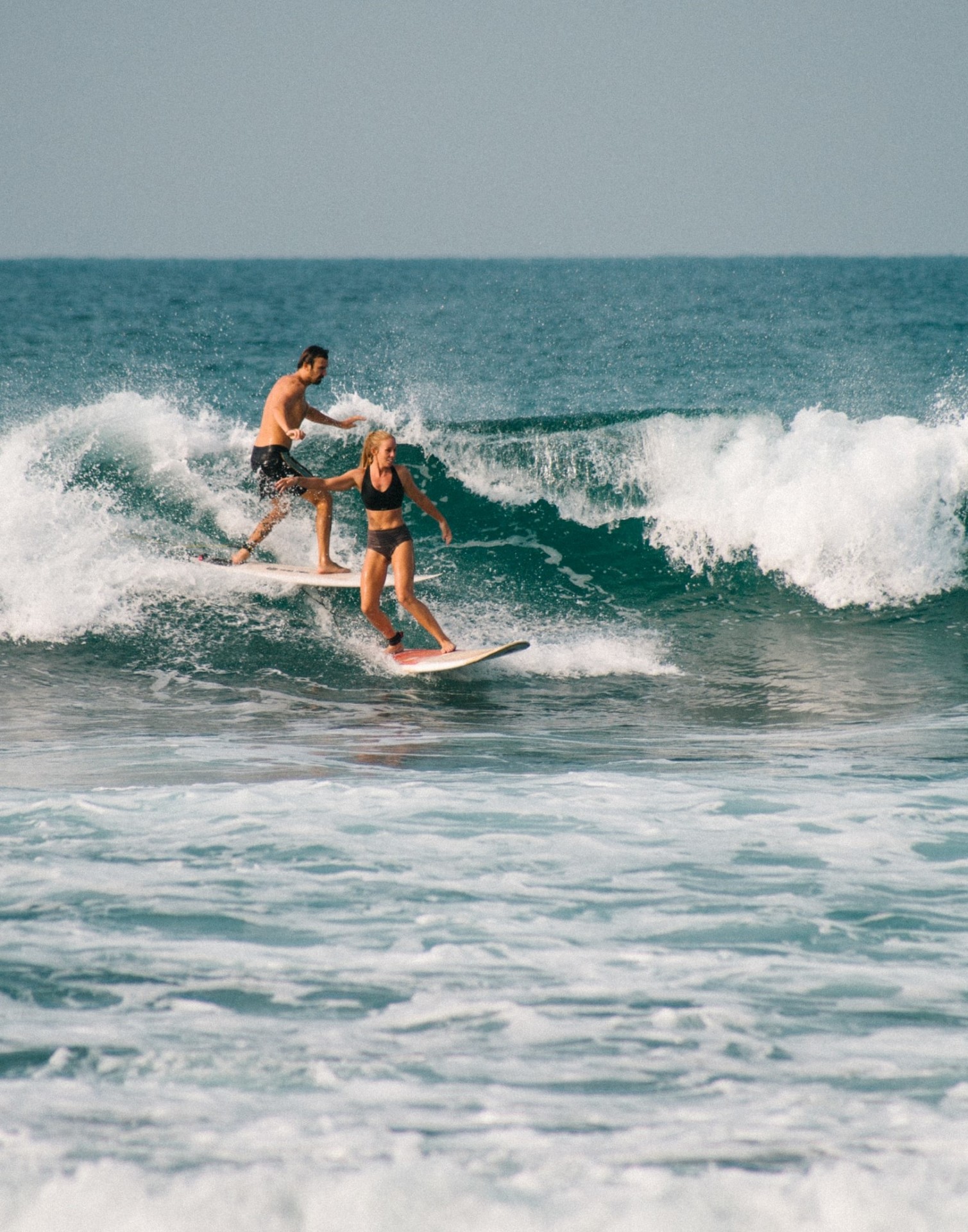
Do Surfers Run Into Each Other? 5 Common Reasons (+8 Tips)
-
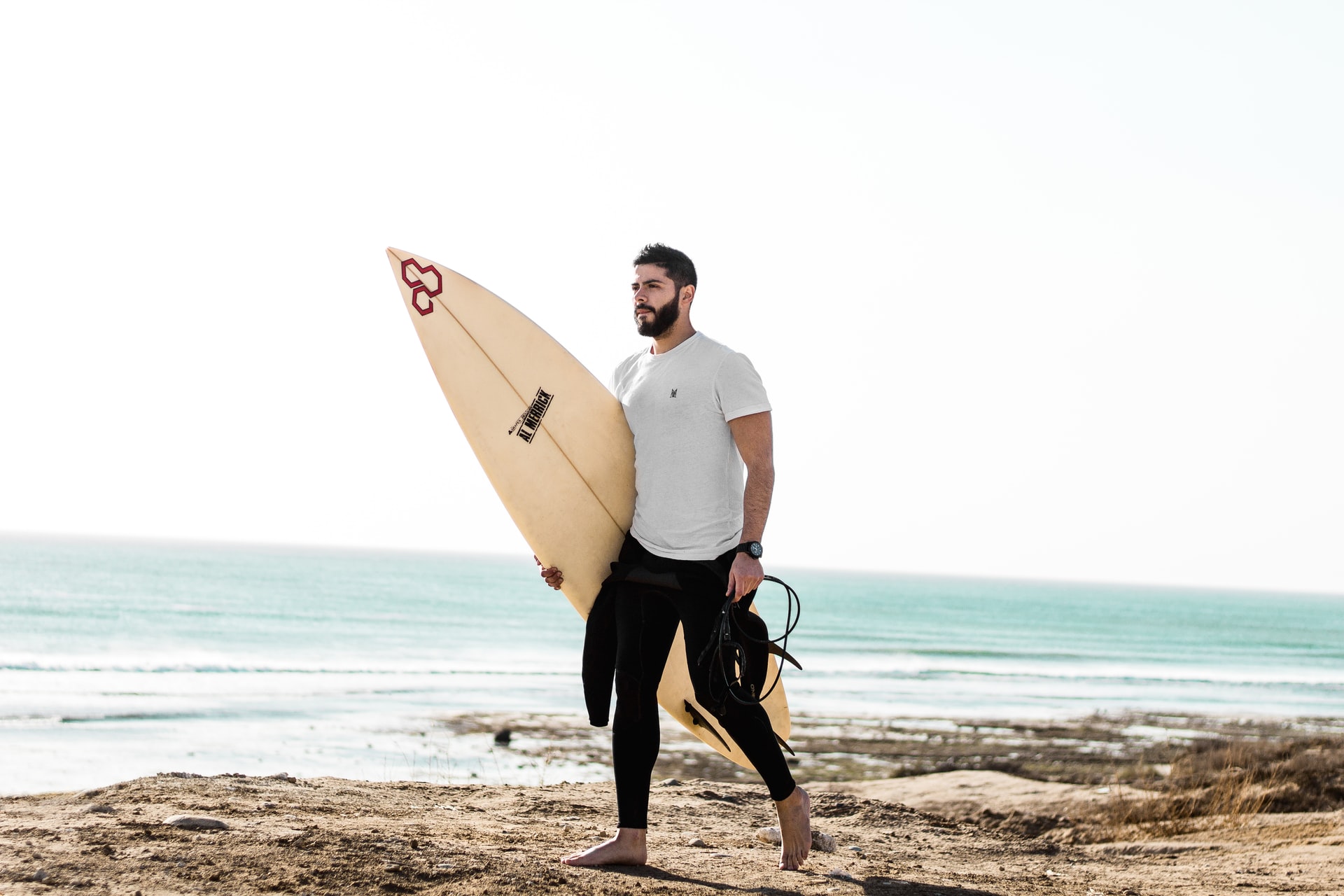
Do Surfers Have Beards? Pros & Cons You Should Know (+4 Tips)
-
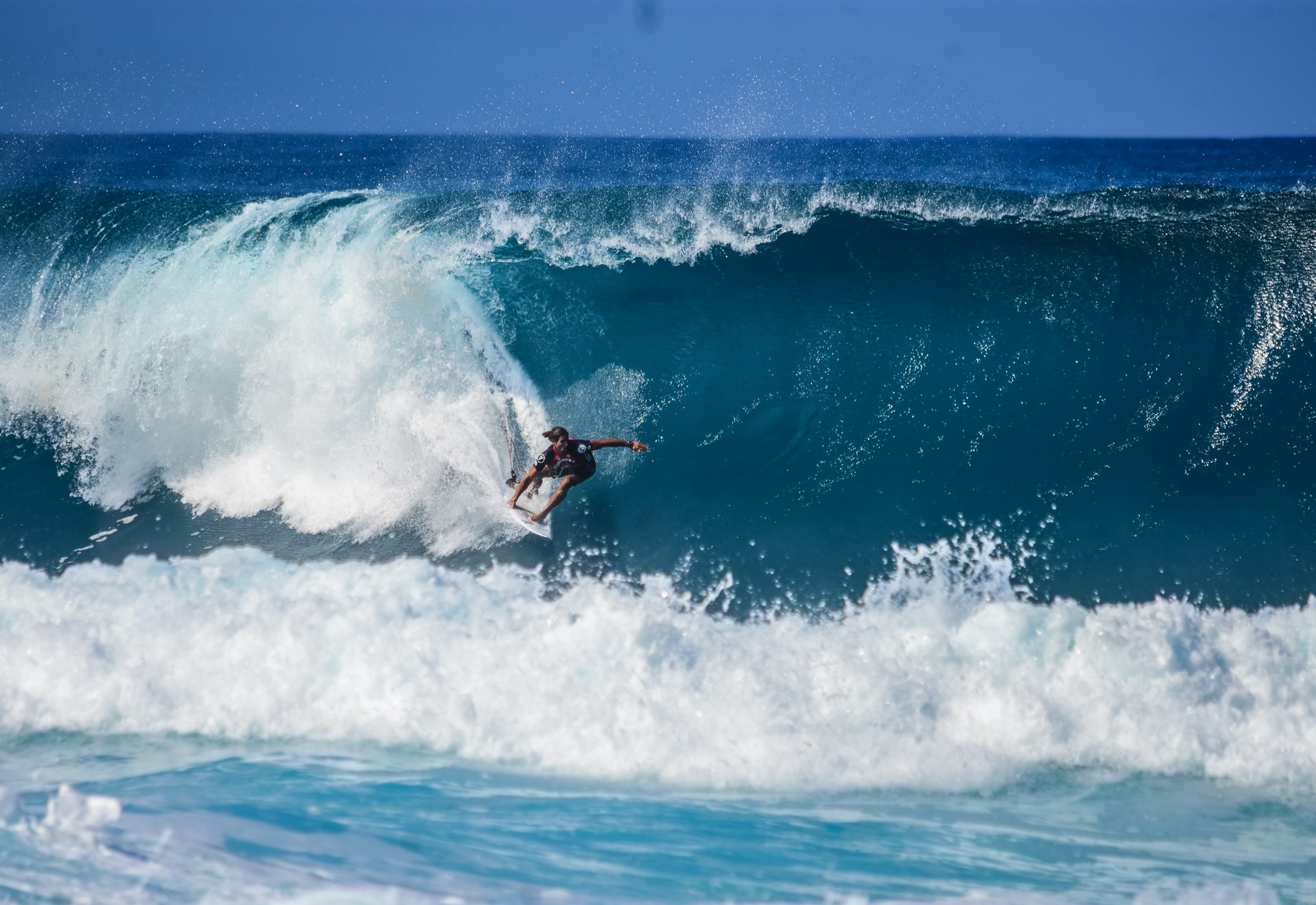
Do Surfers Like Constructive or Destructive Waves? (+Pros & Cons)
-

How to Surf Safely: 34 Crucial Tips (Every Surfer Should Know)
-
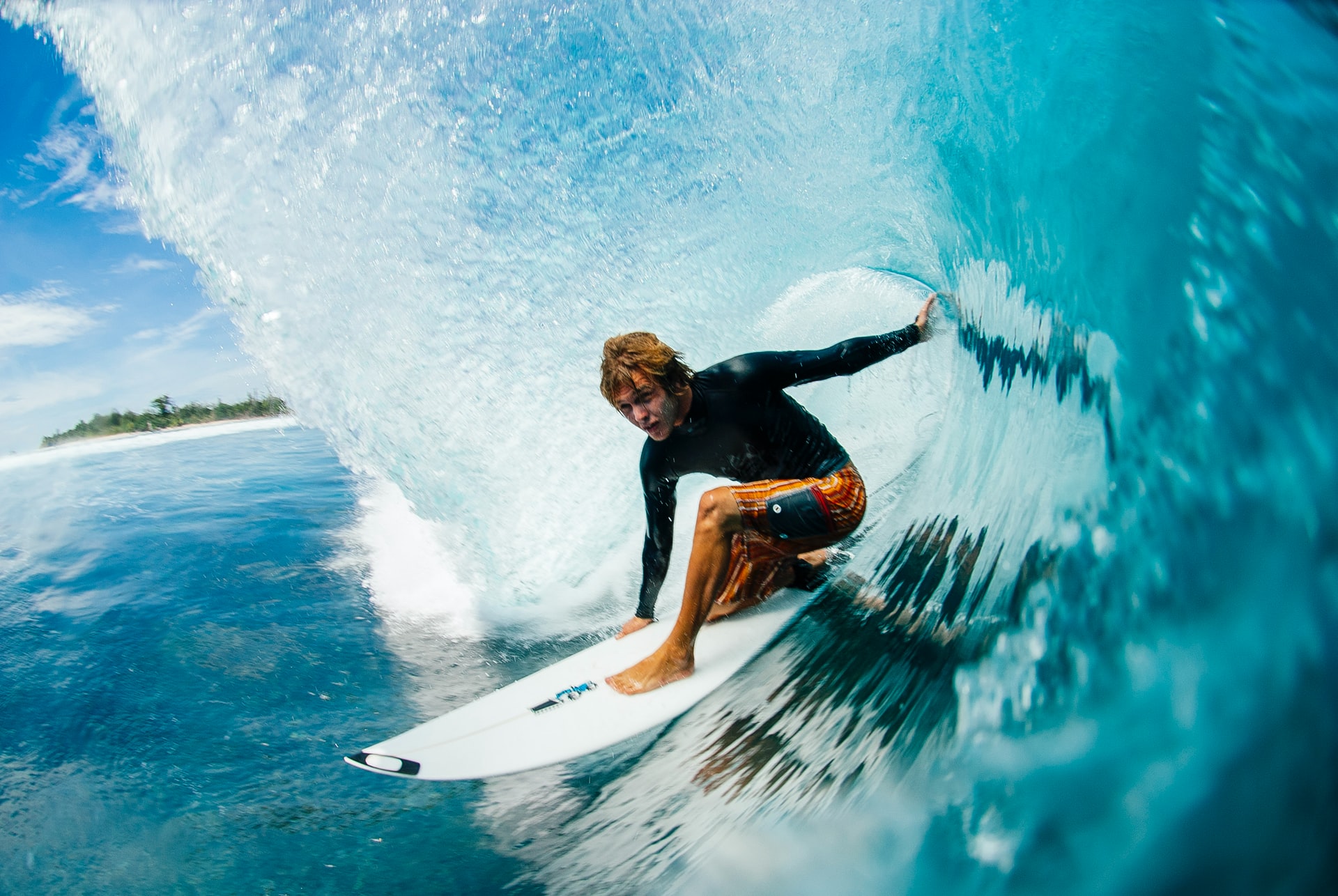
Do Pro Surfers Use Leashes? (+6 Reasons Why You Should Too)
-

Do Many Surfers Drown? Here Are the Facts (+4 Common Reasons)
-
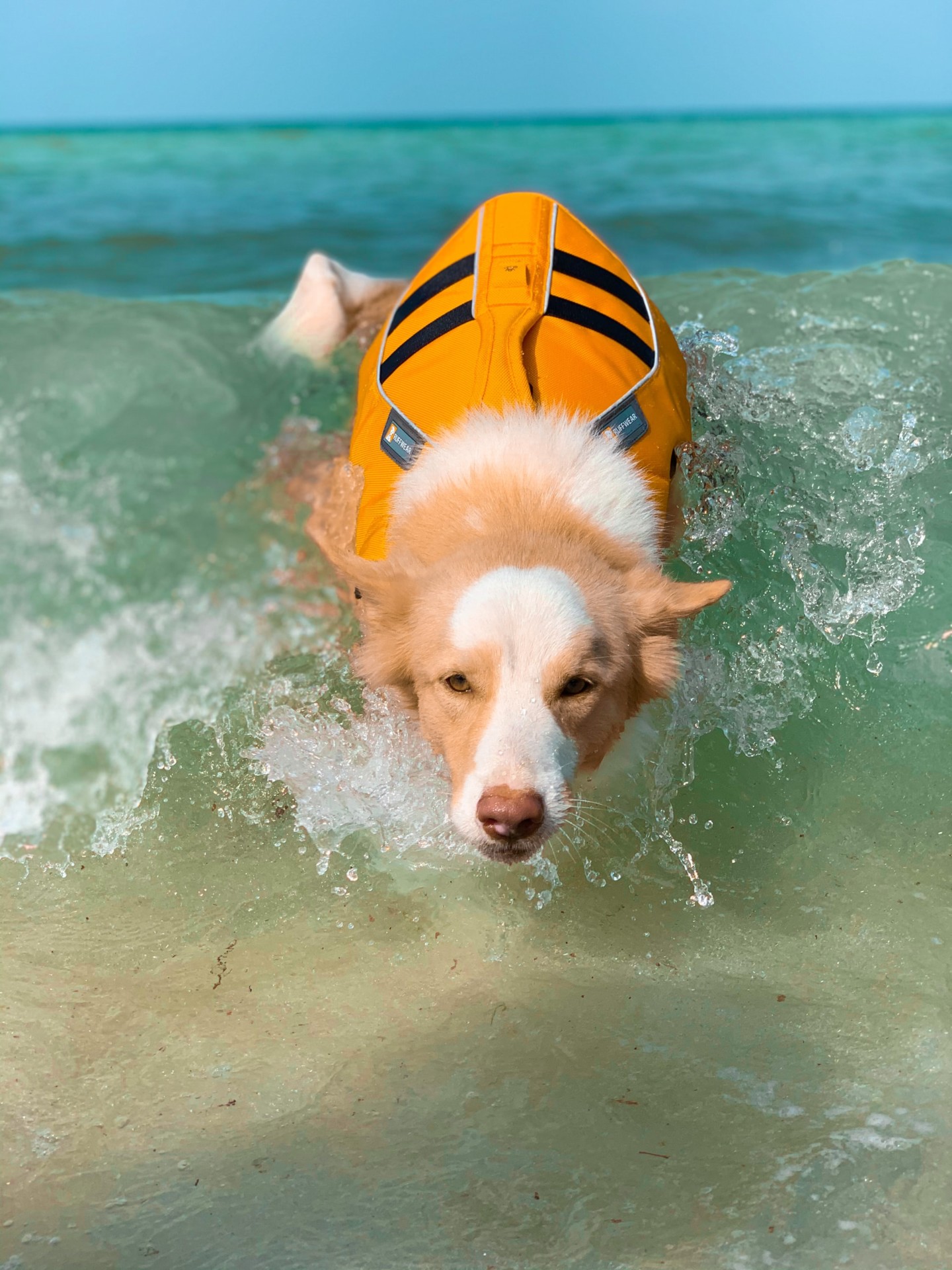
Do Surfers Wear Life Jackets? (7 Reasons Why They Don’t)
-
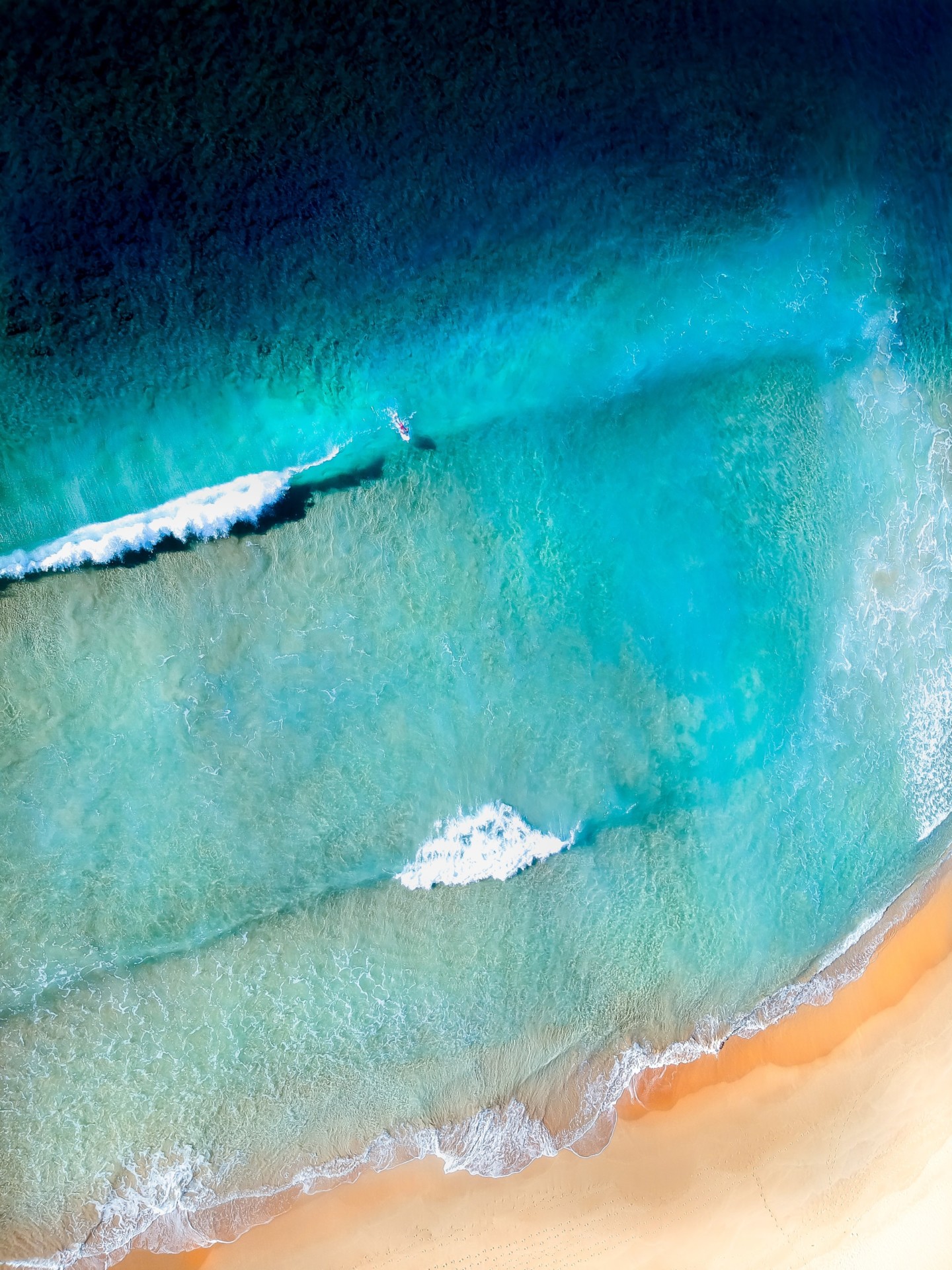
Do Surfers Like Rip Currents? (& How to Use Them Safely)






